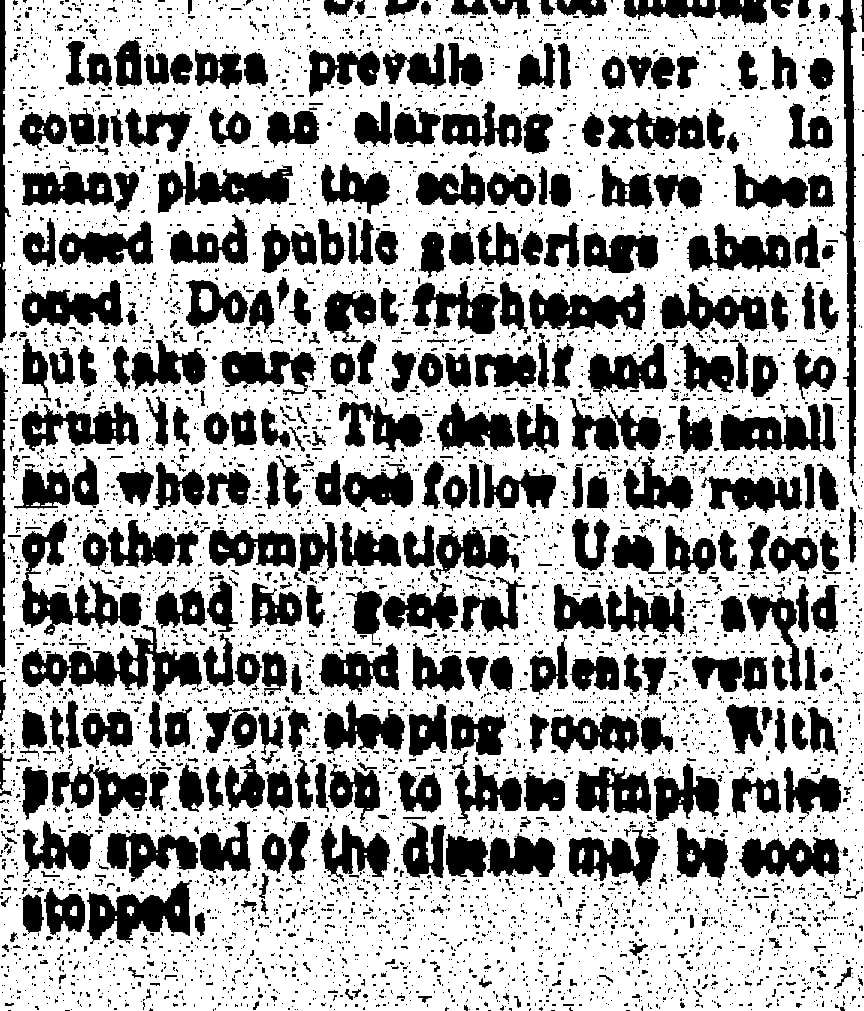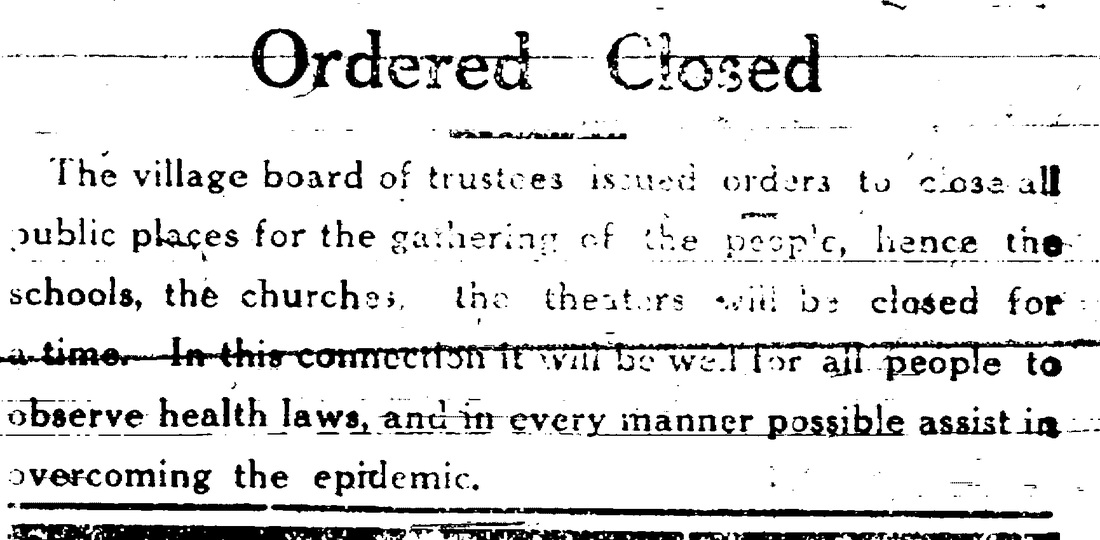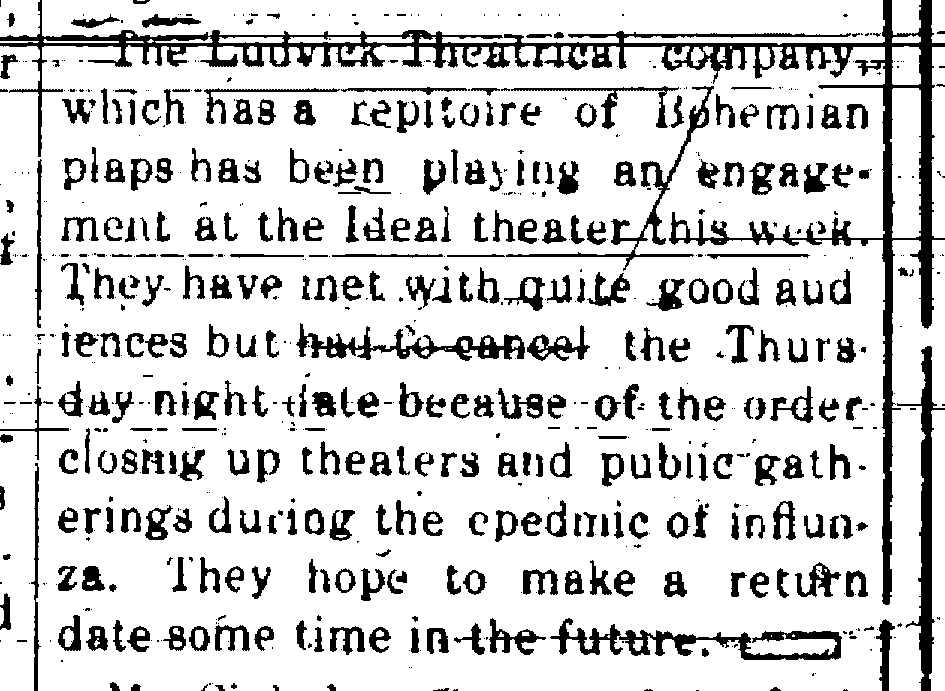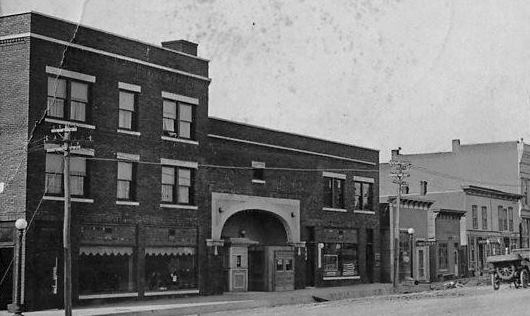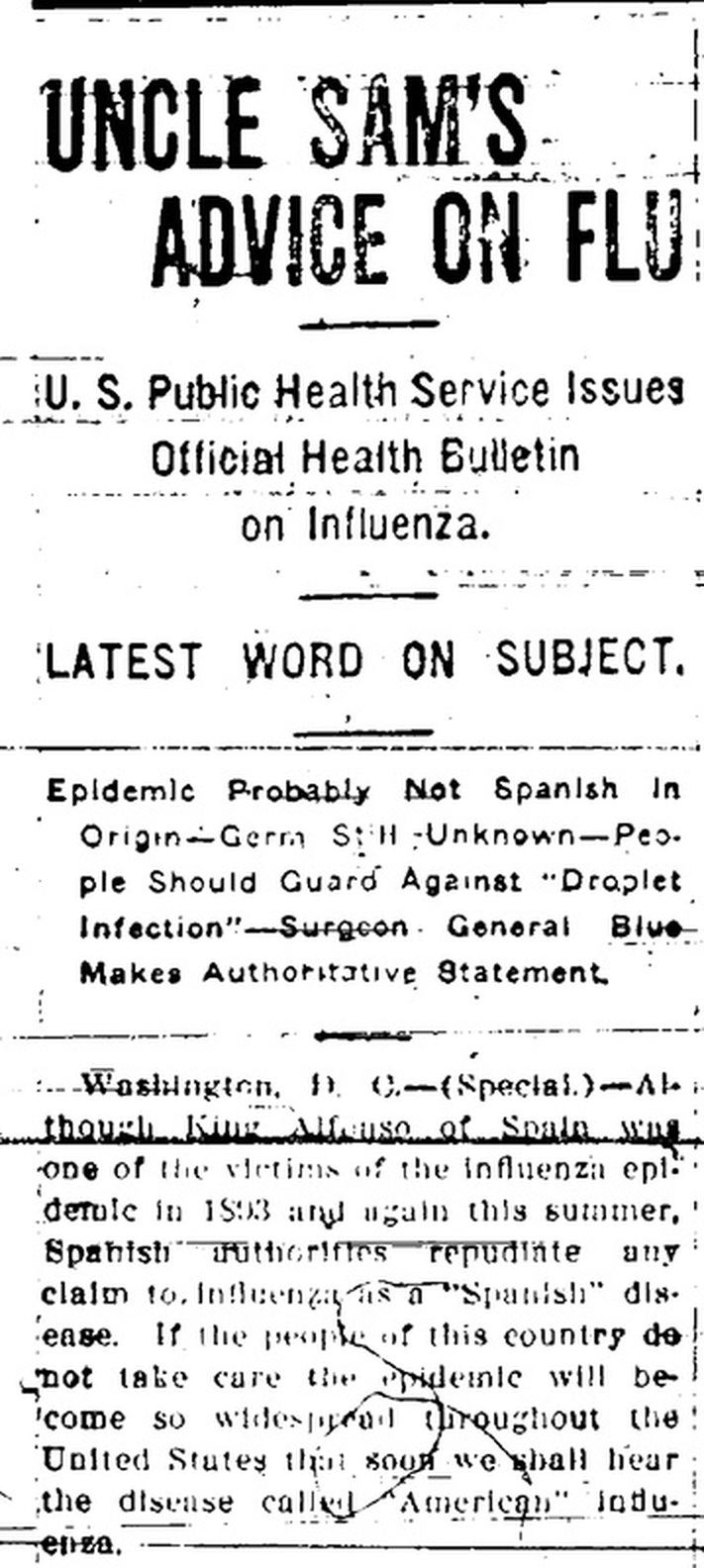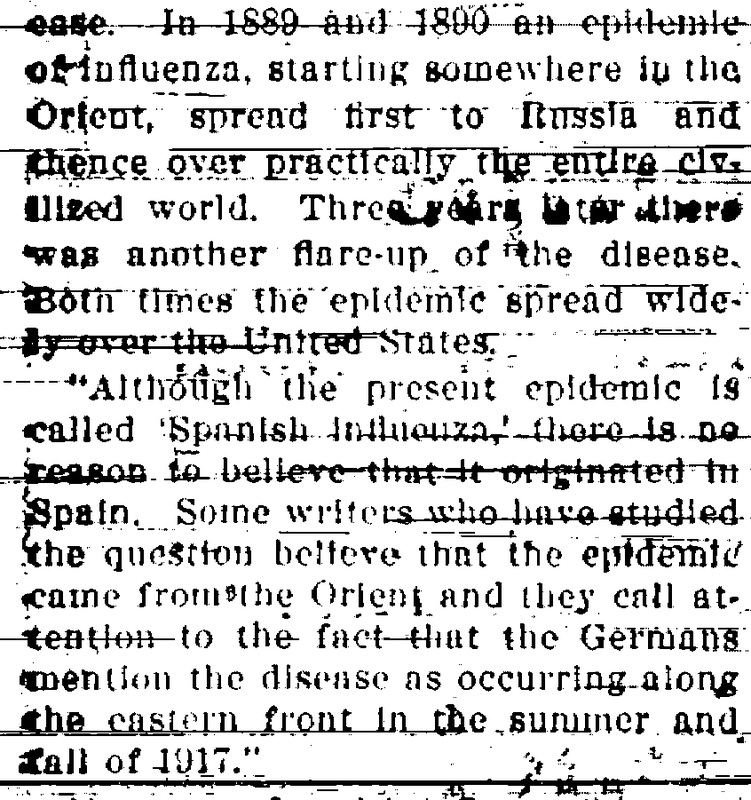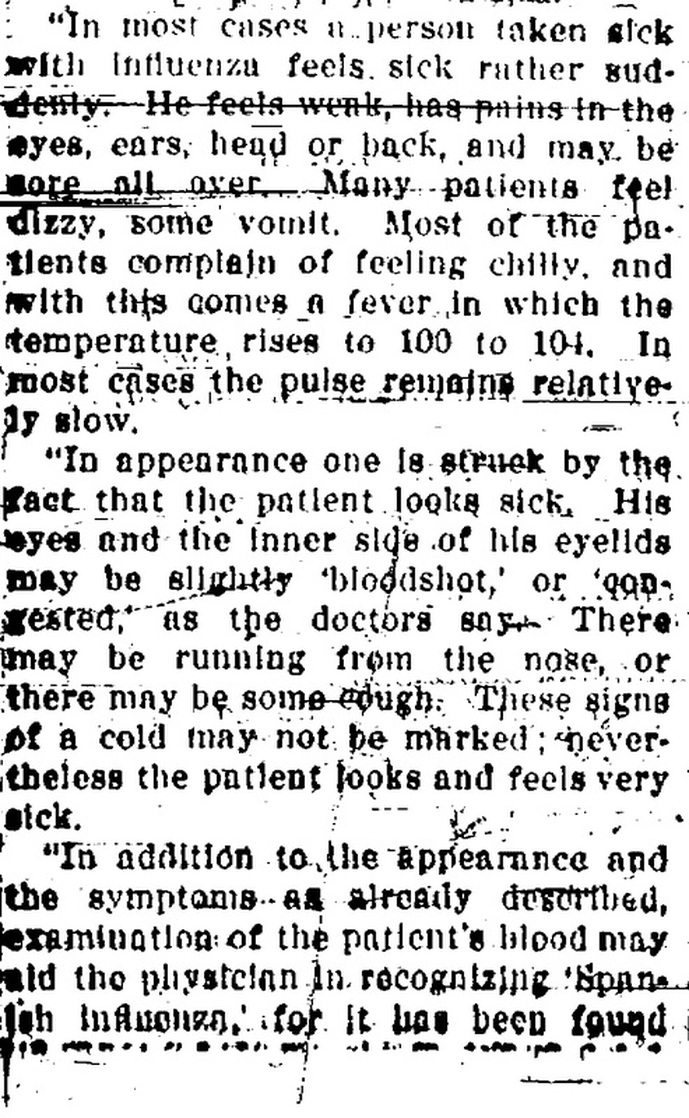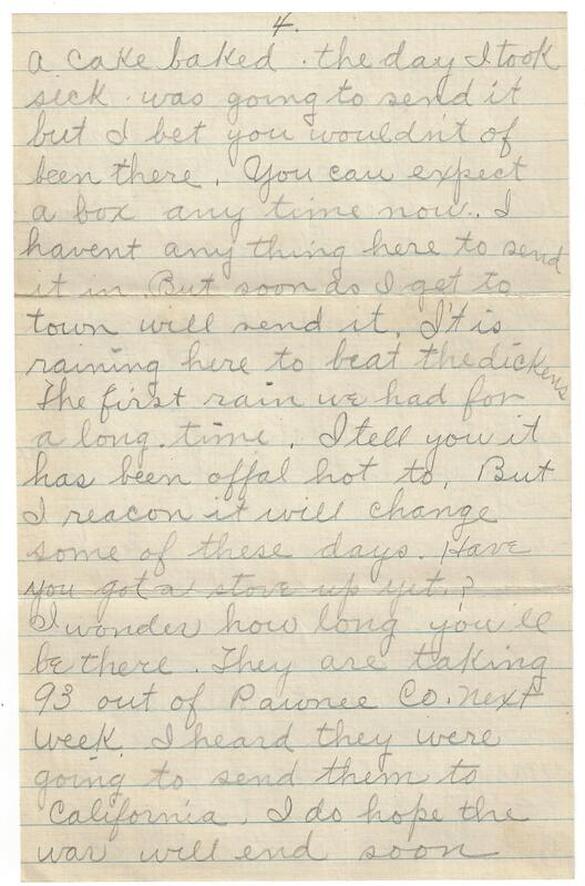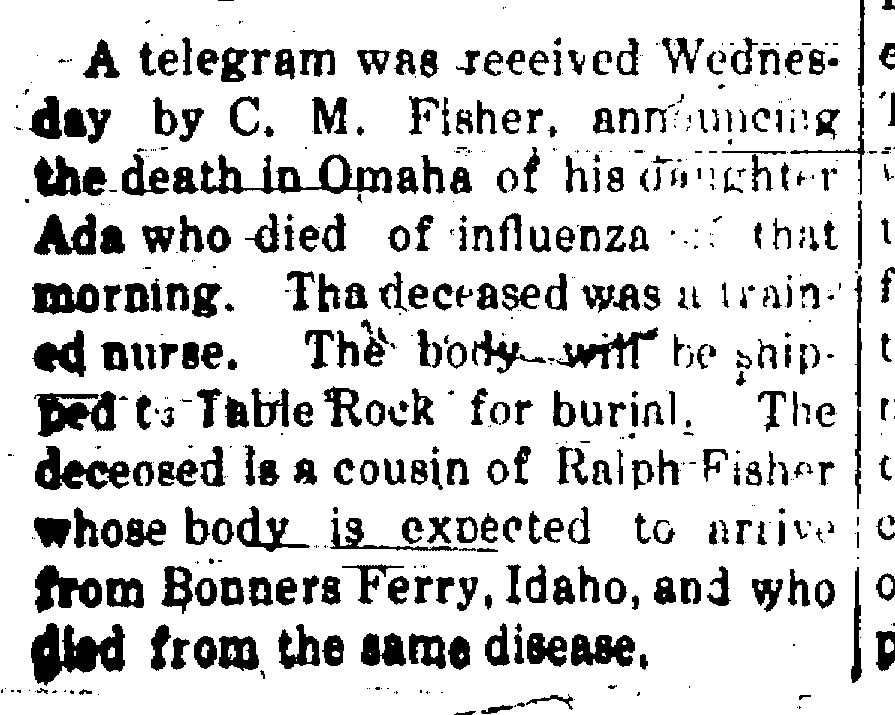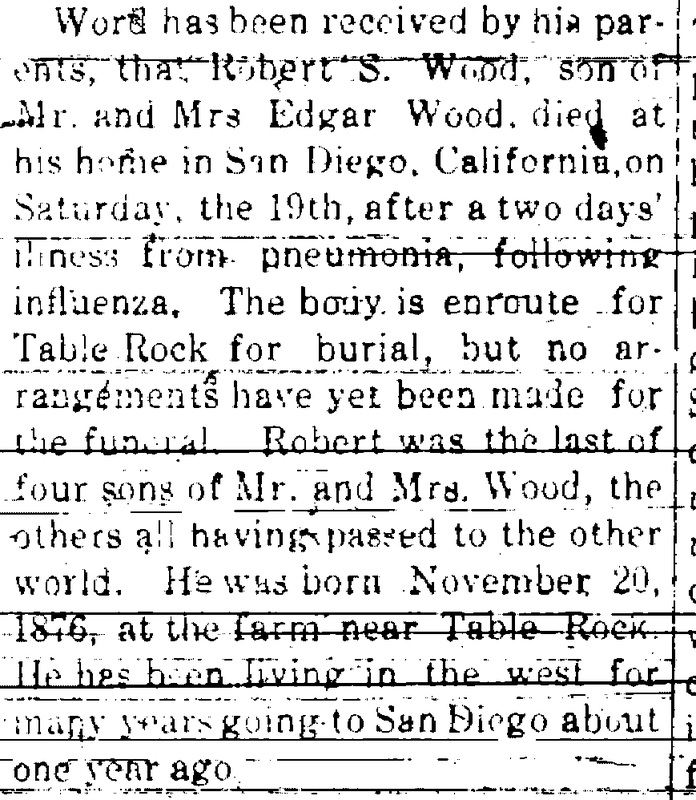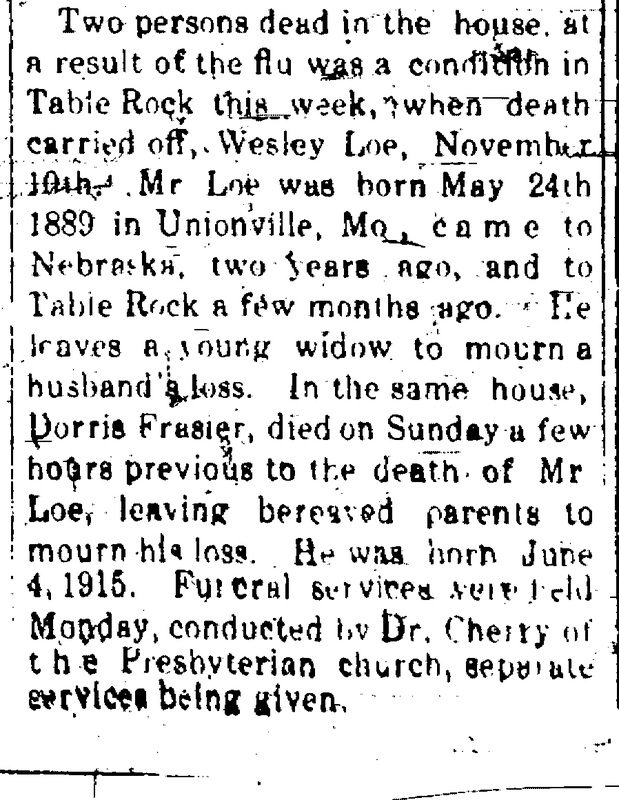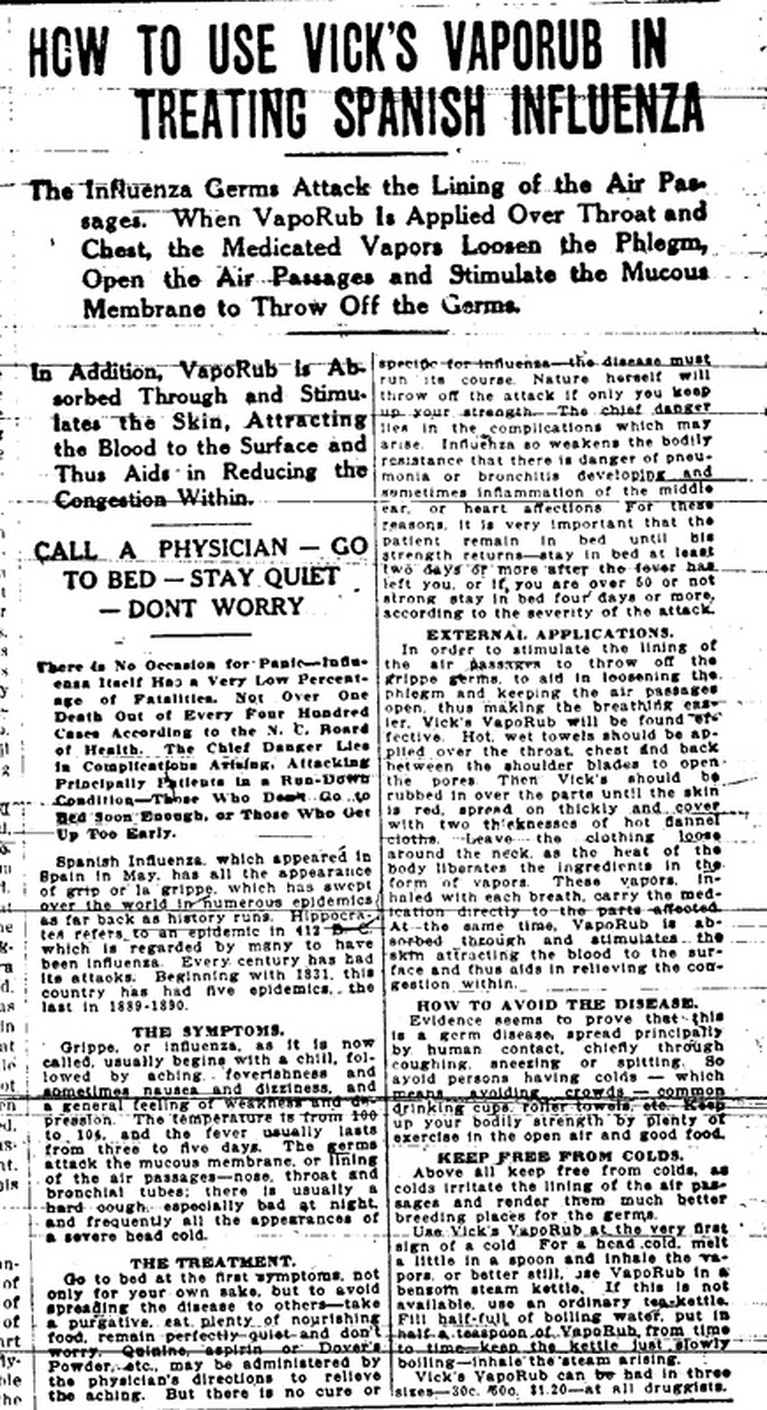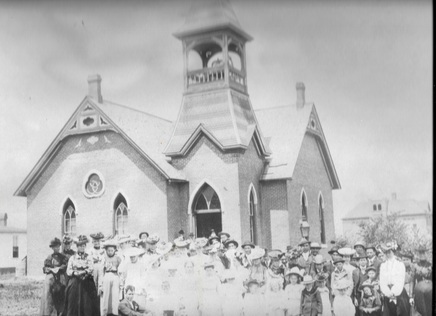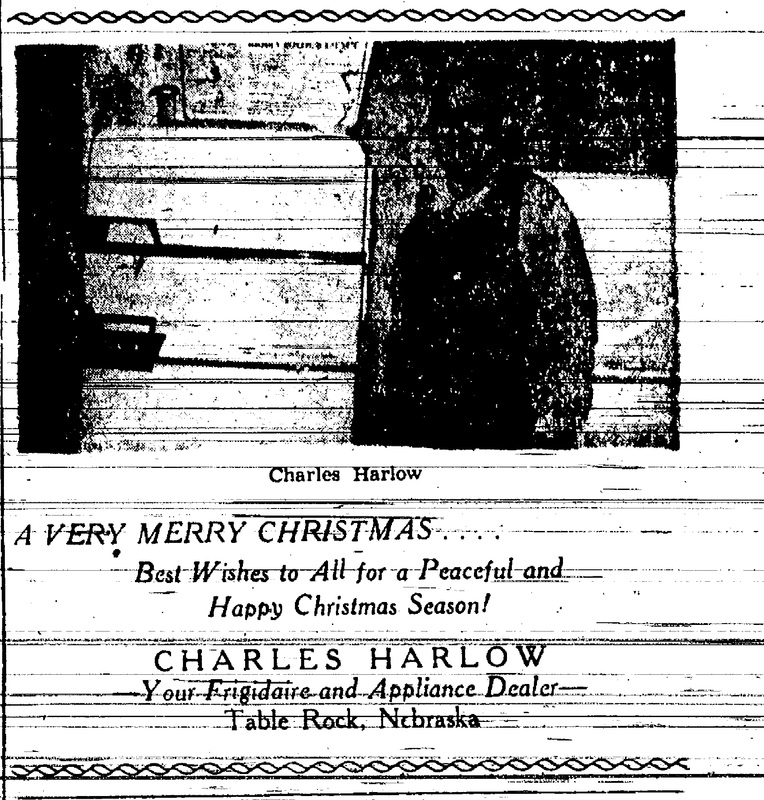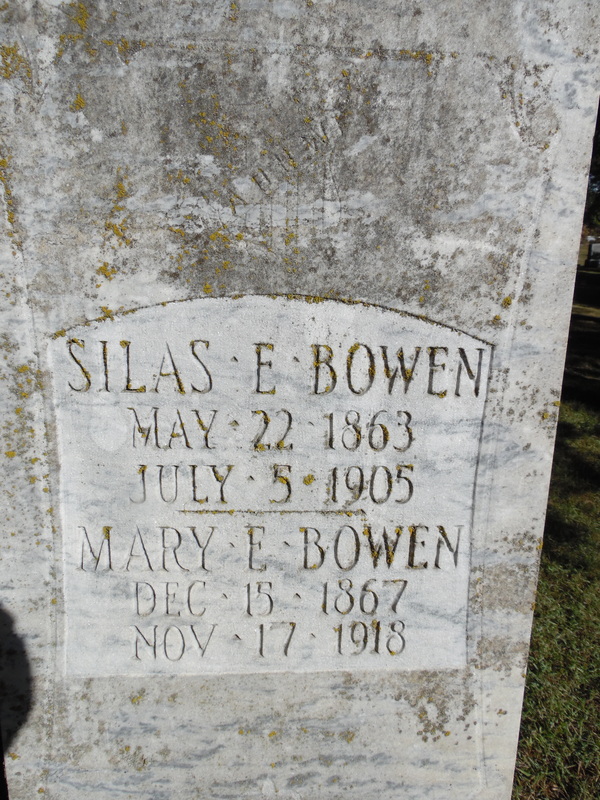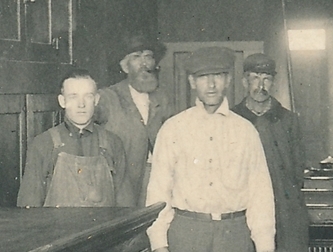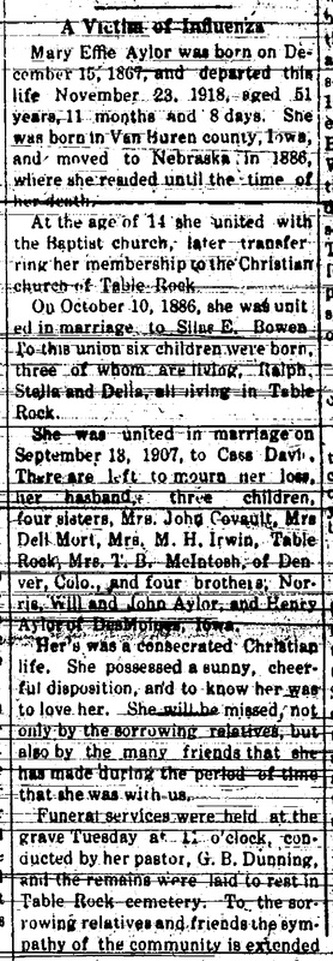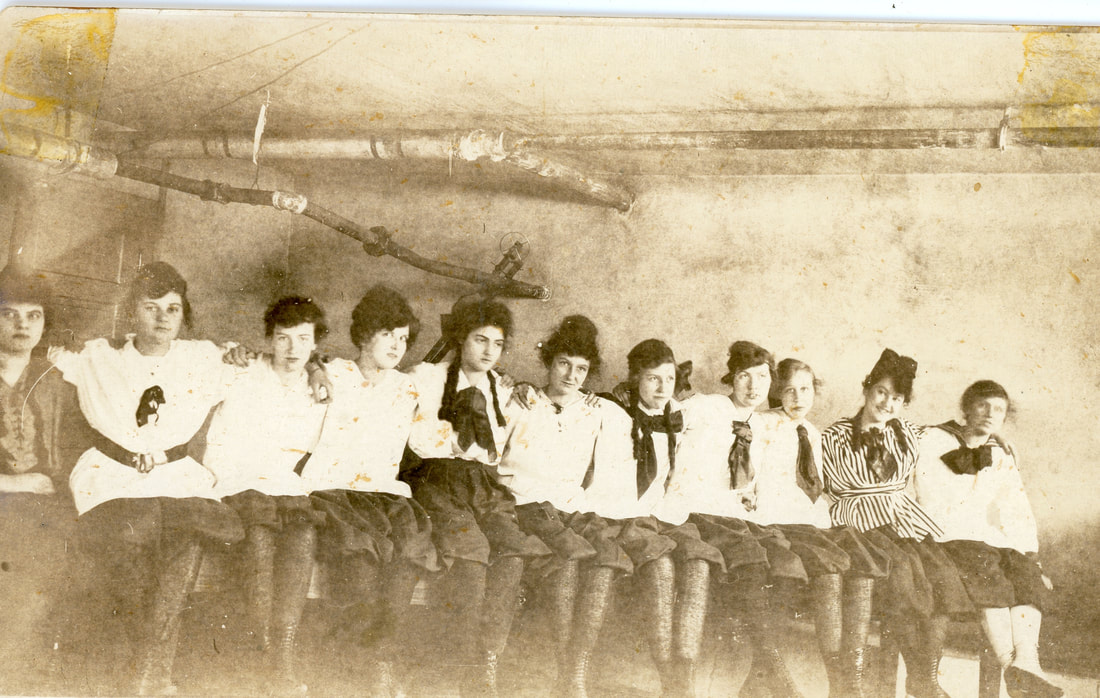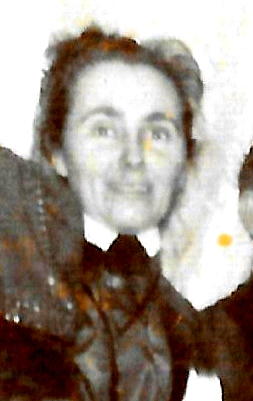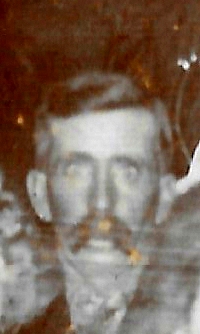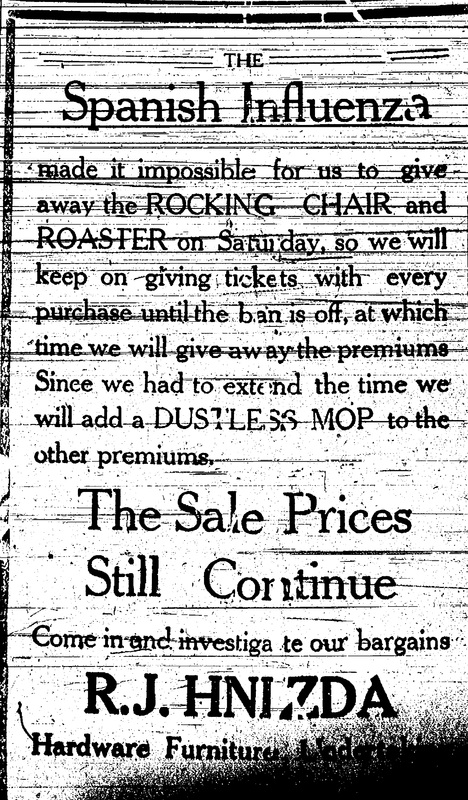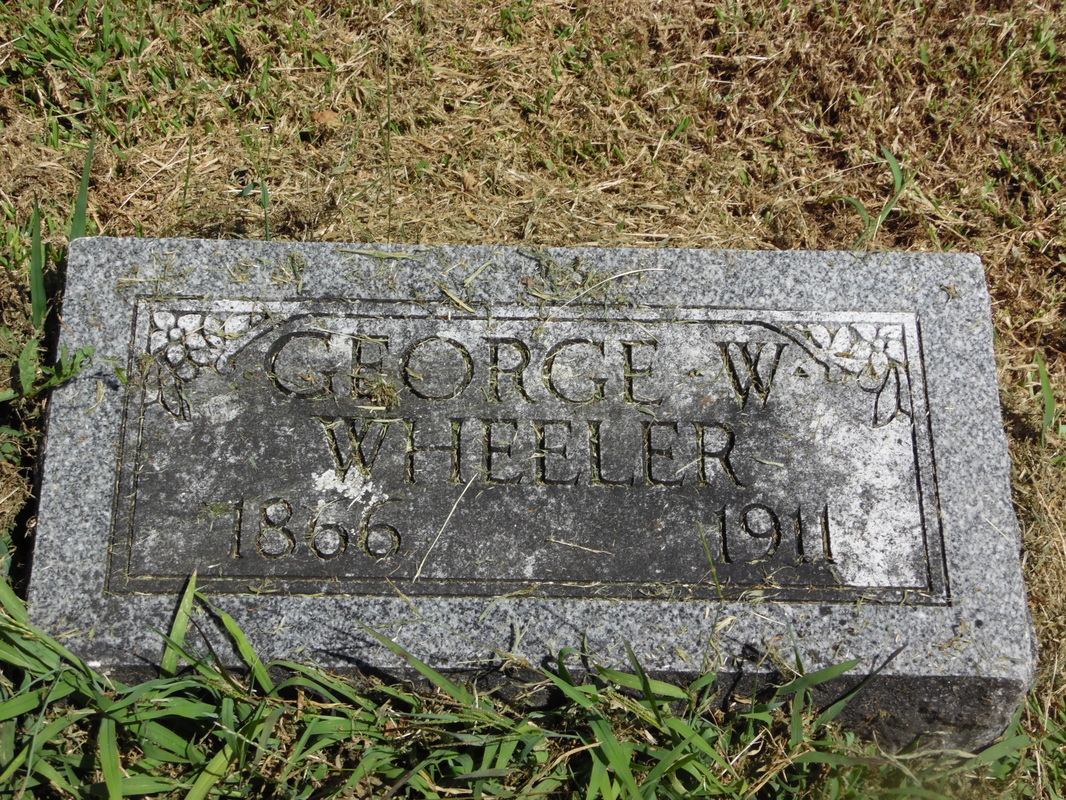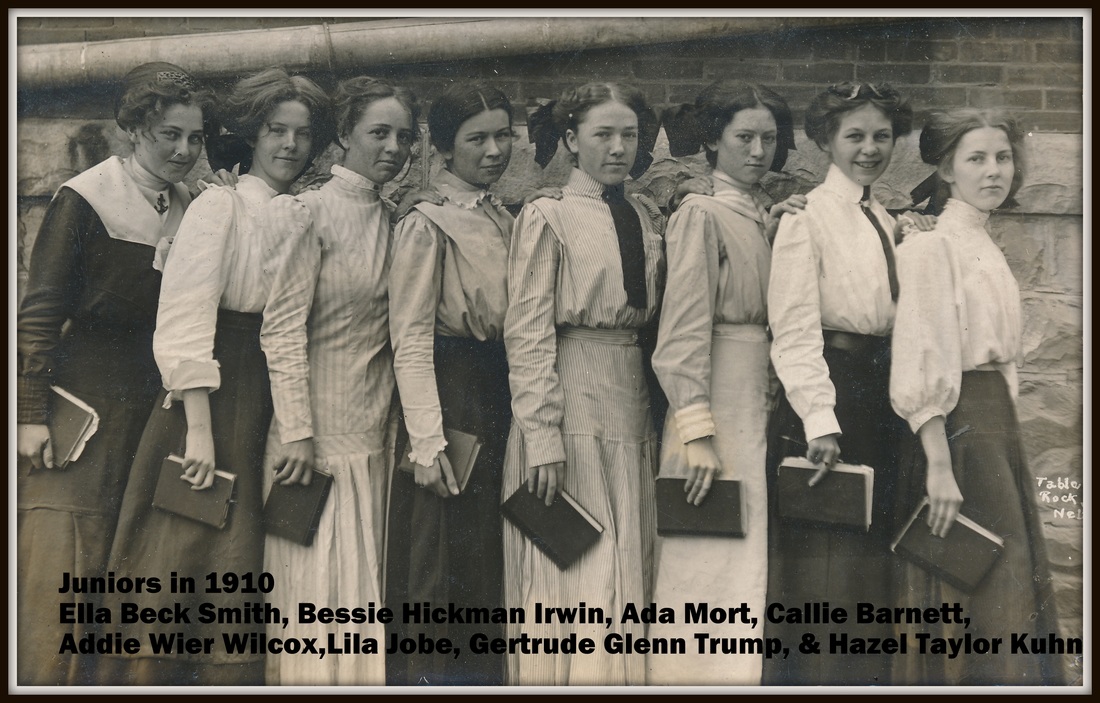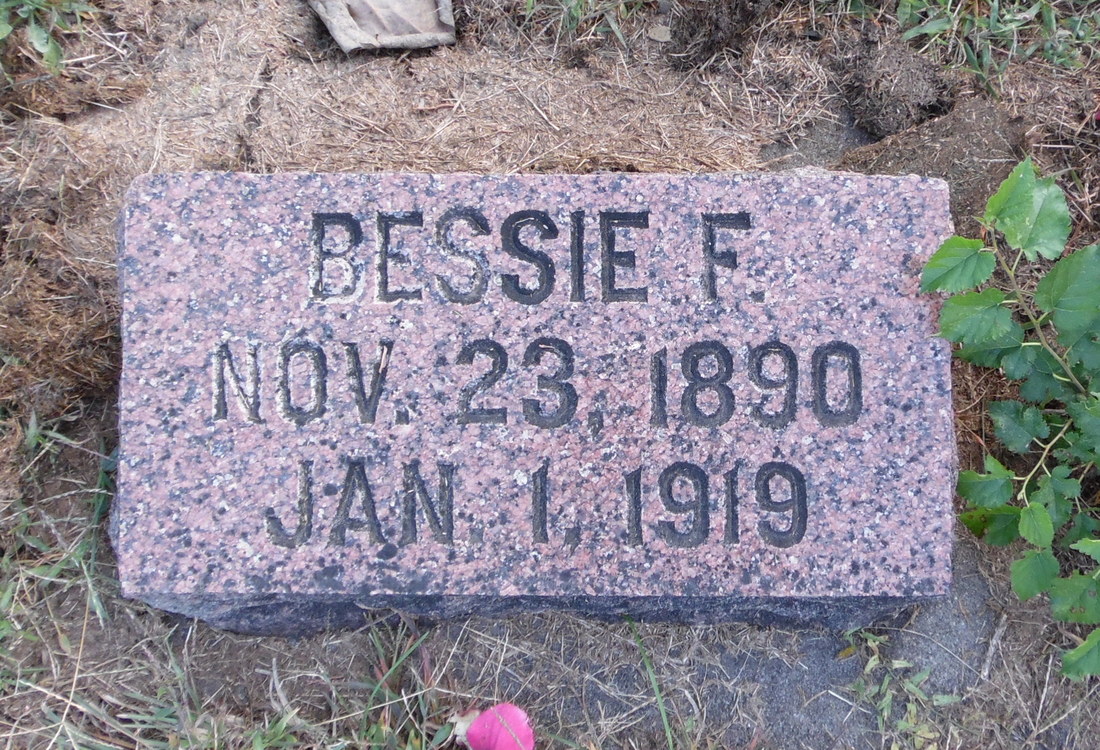the influenza pandemic
hits table rock
1918-1919
This deadly fiu spread quickly around the world, infecting hundreds of millions of people and killing 50 to 100 million (upwards of 5% of the world's population).
background of the influenza pandemic |
WHAT WAS THE 1918 SPANISH FLU PANDEMIC?
Every year, flu viruses make people sick. Even a garden-variety flu may kill people, but usually only the very young or the very old. In 1918, the flu mutated into something much more virulent. This new, deadlier flu acted very strangely; it seemed to target the young and healthy, being particularly deadly to 20 to 35 year olds. In three waves from March 1918 to the Spring of 1919, this deadly flu spread quickly around the world, infecting hundreds of millions of people and killing 50 million to 100 million (upwards of 5% of the world's population). Also Known As: influenza, grippe, Spanish Lady, the three-day fever, purulent bronchitis, sandfly fever, Blitz Katarrh.
THE FIRST REPORTED CASES OF THE SPANISH FLU
No one is quite sure exactly where the Spanish flu first struck. Some researchers have pointed to origins in China, while others have traced it back to a small town in Kansas. The best recorded first case occurred in Fort Riley. Fort Riley was a military outpost in Kansas where new recruits were trained before being sent to Europe to fight in World War I. On March 11, 1918, Private Albert Gitchell, a company cook, came down with symptoms that at first appeared to be a bad cold. Gitchell went to the infirmary and was isolated. Within an hour, several additional soldiers had come down with the same symptoms and were also isolated. Despite the attempt to isolate those with symptoms, this extremely contagious flu quickly spread through Fort Riley. After five weeks, 1,127 soldiers at Fort Riley had been stricken with the Spanish flu; 46 of them had died.
THE FLU SPREADS AND GETS A NAME
Soon, reports of the same flu were noted in other military camps around the United States. Shortly thereafter, the flu infected soldiers on board transport ships. Although it was unintended, American troops brought this new flu with them to Europe. Beginning in mid-May, the flu started to strike French soldiers as well. The flu traveled across Europe, infecting people in nearly every country. When the flu rampaged through Spain, the Spanish government publicly announced the epidemic. Spain was the first country to be struck by the flu that was not involved in World War I; thus, it was the first country not to censor their health reports. Since most people first heard about the flu from its attack on Spain, the new flu was named the Spanish flu. The Spanish flu then spread to Russia, India, China, and Africa.
By the end of July 1918, after having infected people all around the world, this first wave of the Spanish flu appeared to be dying out.
THE SPANISH FLU BECOMES INCREDIBLY DEADLY
While the first wave of the Spanish flu had been extremely contagious, the second wave of the Spanish flu was both contagious and exceedingly deadly.
In late August 1918, the second wave of the Spanish flu struck three port cities at nearly the same time. These cities (Boston, United States; Brest, France; and Freetown, Sierra Leone) all felt the lethalness of this new mutation immediately. Hospitals quickly became overwhelmed by the sheer numbers of patients. When hospitals filled up, tent hospitals were erected on lawns. Nurses and doctors were already in short supply because so many of them had gone to Europe to help with the war effort. Desperately needing help, hospitals asked for volunteers. Knowing they were risking their own lives by helping these contagious victims, many people, especially women, signed up anyway to help as best they could.
THE SYMPTOMS OF THE SPANISH FLU
The victims of the 1918 Spanish flu suffered greatly. Within hours of feeling the first symptoms of extreme fatigue, fever, and headache, victims would start turning blue. Sometimes the blue color became so pronounced that it was difficult to determine a patient's original skin color. The patients would cough with such force that some even tore their abdominal muscles. Foamy blood exited from their mouths and noses. A few bled from their ears. Some vomited; others became incontinent. The Spanish flu struck so suddenly and severely that many of its victims died within hours of coming down with their first symptom. Some died a day or two after realizing they were sick.
TAKING PRECAUTIONS
Not surprisingly, the severity of the Spanish flu was alarming. People around the world worried about getting it. Some cities ordered everyone to wear masks. Spitting and coughing in public was prohibited. Schools and theaters were closed. People also tried their own homemade prevention remedies, such as eating raw onions, keeping a potato in their pocket, or wearing a bag of camphor around their neck. None of these things stemmed the onslaught of the Spanish flu's deadly second wave. PILES OF DEAD BODIES The number of bodies from the victims of the Spanish flu quickly outnumbered the available resources to deal with them. Morgues were forced to stack bodies like cordwood in the corridors. There weren't enough coffins for all the bodies, nor were there enough people to dig individual graves. In many places, mass graves were dug to free the towns and cities of the masses of rotting corpses.
SPANISH FLU CHILDREN'S RHYME
When the Spanish flu killed millions of people around the world, it affected everyone. While the adults walked around wearing masks, children skipped rope to this rhyme. I had a little bird Its name was Enza I opened a window And In-flu-enza. ARMISTICE BRINGS
THIRD WAVE OF THE SPANISH FLU
On November 11, 1918, an armistice brought an end to World War I. People around the world celebrated the end of this "total war" and felt jubilant that perhaps they were free from the deaths caused by both war and flu. However, as people hit the streets, gave kisses and hugs to returning soldiers, they also started a third wave of the Spanish flu. The third wave of the Spanish flu was not as deadly as the second wave, but still deadlier than the first. Although this third wave also went around the world, killing many of its victims, it received much less attention. People were ready to start their lives over again after the war; they were no longer interested in hearing about or fearing a deadly flu.
GONE BUT NOT FORGOTTEN The third wave lingered. Some say it ended in the spring of 1919, while others believe it continued to claim victims through 1920. Eventually, however, this deadly strain of the flu disappeared. To this day, no one knows why the flu virus suddenly mutated into such a deadly form. Nor do they know how to prevent it from happening again. Scientists and researchers continue to research and learn about the 1918 Spanish flu in the hopes of being able to prevent another worldwide pandemic of the flu.
Every year, flu viruses make people sick. Even a garden-variety flu may kill people, but usually only the very young or the very old. In 1918, the flu mutated into something much more virulent. This new, deadlier flu acted very strangely; it seemed to target the young and healthy, being particularly deadly to 20 to 35 year olds. In three waves from March 1918 to the Spring of 1919, this deadly flu spread quickly around the world, infecting hundreds of millions of people and killing 50 million to 100 million (upwards of 5% of the world's population). Also Known As: influenza, grippe, Spanish Lady, the three-day fever, purulent bronchitis, sandfly fever, Blitz Katarrh.
THE FIRST REPORTED CASES OF THE SPANISH FLU
No one is quite sure exactly where the Spanish flu first struck. Some researchers have pointed to origins in China, while others have traced it back to a small town in Kansas. The best recorded first case occurred in Fort Riley. Fort Riley was a military outpost in Kansas where new recruits were trained before being sent to Europe to fight in World War I. On March 11, 1918, Private Albert Gitchell, a company cook, came down with symptoms that at first appeared to be a bad cold. Gitchell went to the infirmary and was isolated. Within an hour, several additional soldiers had come down with the same symptoms and were also isolated. Despite the attempt to isolate those with symptoms, this extremely contagious flu quickly spread through Fort Riley. After five weeks, 1,127 soldiers at Fort Riley had been stricken with the Spanish flu; 46 of them had died.
THE FLU SPREADS AND GETS A NAME
Soon, reports of the same flu were noted in other military camps around the United States. Shortly thereafter, the flu infected soldiers on board transport ships. Although it was unintended, American troops brought this new flu with them to Europe. Beginning in mid-May, the flu started to strike French soldiers as well. The flu traveled across Europe, infecting people in nearly every country. When the flu rampaged through Spain, the Spanish government publicly announced the epidemic. Spain was the first country to be struck by the flu that was not involved in World War I; thus, it was the first country not to censor their health reports. Since most people first heard about the flu from its attack on Spain, the new flu was named the Spanish flu. The Spanish flu then spread to Russia, India, China, and Africa.
By the end of July 1918, after having infected people all around the world, this first wave of the Spanish flu appeared to be dying out.
THE SPANISH FLU BECOMES INCREDIBLY DEADLY
While the first wave of the Spanish flu had been extremely contagious, the second wave of the Spanish flu was both contagious and exceedingly deadly.
In late August 1918, the second wave of the Spanish flu struck three port cities at nearly the same time. These cities (Boston, United States; Brest, France; and Freetown, Sierra Leone) all felt the lethalness of this new mutation immediately. Hospitals quickly became overwhelmed by the sheer numbers of patients. When hospitals filled up, tent hospitals were erected on lawns. Nurses and doctors were already in short supply because so many of them had gone to Europe to help with the war effort. Desperately needing help, hospitals asked for volunteers. Knowing they were risking their own lives by helping these contagious victims, many people, especially women, signed up anyway to help as best they could.
THE SYMPTOMS OF THE SPANISH FLU
The victims of the 1918 Spanish flu suffered greatly. Within hours of feeling the first symptoms of extreme fatigue, fever, and headache, victims would start turning blue. Sometimes the blue color became so pronounced that it was difficult to determine a patient's original skin color. The patients would cough with such force that some even tore their abdominal muscles. Foamy blood exited from their mouths and noses. A few bled from their ears. Some vomited; others became incontinent. The Spanish flu struck so suddenly and severely that many of its victims died within hours of coming down with their first symptom. Some died a day or two after realizing they were sick.
TAKING PRECAUTIONS
Not surprisingly, the severity of the Spanish flu was alarming. People around the world worried about getting it. Some cities ordered everyone to wear masks. Spitting and coughing in public was prohibited. Schools and theaters were closed. People also tried their own homemade prevention remedies, such as eating raw onions, keeping a potato in their pocket, or wearing a bag of camphor around their neck. None of these things stemmed the onslaught of the Spanish flu's deadly second wave. PILES OF DEAD BODIES The number of bodies from the victims of the Spanish flu quickly outnumbered the available resources to deal with them. Morgues were forced to stack bodies like cordwood in the corridors. There weren't enough coffins for all the bodies, nor were there enough people to dig individual graves. In many places, mass graves were dug to free the towns and cities of the masses of rotting corpses.
SPANISH FLU CHILDREN'S RHYME
When the Spanish flu killed millions of people around the world, it affected everyone. While the adults walked around wearing masks, children skipped rope to this rhyme. I had a little bird Its name was Enza I opened a window And In-flu-enza. ARMISTICE BRINGS
THIRD WAVE OF THE SPANISH FLU
On November 11, 1918, an armistice brought an end to World War I. People around the world celebrated the end of this "total war" and felt jubilant that perhaps they were free from the deaths caused by both war and flu. However, as people hit the streets, gave kisses and hugs to returning soldiers, they also started a third wave of the Spanish flu. The third wave of the Spanish flu was not as deadly as the second wave, but still deadlier than the first. Although this third wave also went around the world, killing many of its victims, it received much less attention. People were ready to start their lives over again after the war; they were no longer interested in hearing about or fearing a deadly flu.
GONE BUT NOT FORGOTTEN The third wave lingered. Some say it ended in the spring of 1919, while others believe it continued to claim victims through 1920. Eventually, however, this deadly strain of the flu disappeared. To this day, no one knows why the flu virus suddenly mutated into such a deadly form. Nor do they know how to prevent it from happening again. Scientists and researchers continue to research and learn about the 1918 Spanish flu in the hopes of being able to prevent another worldwide pandemic of the flu.
influenza is expected but table rock is not alarmed
october 11, 1918
The Argus was packed not only with the usual social articles but with word of the men who were going off to war. The brand new Ideal Theater, which had opened in January, had big display ads each week, and there were band performances to raise money for a new bandstand. M. B. Johnson, who had three sons in the military, was running for county sheriff. Joe W. Tomek's grocery had some fine specials, and W. C. Fellers' grand emporium was still selling dandy "deputy" hats. In the October 11, 1918 edition, a blurb appeared at the bottom of the front page, intermingled with social articles:
|
The pandemic must have seemed far away, and not a source of great worry if one need only ensure plenty of ventilation when sleeping and avoid constipation and other such "simple" rules to accomplish having the disease "soon" stopped. Yet buried elsewhere in the social pages was a note about the first Table Rock-related death, that of Roy Leech. |
table rock
slammed by the flu
october 18, 1918
advice from uncle sam published in the argus on october 18, 1918
The remaining paragraph of the article is illegible.
october 19, 1918
winnie Buman mertes writes to her brother edd Buman, a soldier at camp who she learned had come down with influenza
In May 2020, Ginny Kent Christiansen forwarded this letter, which she had received from cousin Joan Clare. It is a letter written by 30-year-old Winnie Buman Mertes (1888-1967) to her brother Edd Buman. She covers both the influenza pandemic and World War I.
Winnie refers to "Theed," presumably her husband Theodore Mertes (1882-1948). She refers to "Zelma," presumably her then 7-year-old daughter Zelma Mertes Sodman (1911-1977). She refers to "Lena," presumably her sister-in-law Lena Mertes (1887-1965). She also refers to Charles Wenzl, a Steinauer boy who died of influenza at the military camp where he was stationed.
According to the "Chelsea Michener Family Tree" on Ancestry, Minnie -- Wilhelmina Louise Balbinka Buman married Theodore Mertes in 1907. They had two children, Zelma (1911-1977) and Arnold (1914-2002). Minnie was the daughter of Joseph Buman (also Bowman) and Magdalena Mary VVulmer and had six or seven siblings. Winnie's husband Theodore was a child of Dom and Katherine Groff Mertes and had five siblings.
Winnie refers to "Theed," presumably her husband Theodore Mertes (1882-1948). She refers to "Zelma," presumably her then 7-year-old daughter Zelma Mertes Sodman (1911-1977). She refers to "Lena," presumably her sister-in-law Lena Mertes (1887-1965). She also refers to Charles Wenzl, a Steinauer boy who died of influenza at the military camp where he was stationed.
According to the "Chelsea Michener Family Tree" on Ancestry, Minnie -- Wilhelmina Louise Balbinka Buman married Theodore Mertes in 1907. They had two children, Zelma (1911-1977) and Arnold (1914-2002). Minnie was the daughter of Joseph Buman (also Bowman) and Magdalena Mary VVulmer and had six or seven siblings. Winnie's husband Theodore was a child of Dom and Katherine Groff Mertes and had five siblings.
Table Rock, Nebr. |
october 25, 1918
dale w. main dies, leaving young wife of less than a year who was ill in the same bed
The widow, Eva Main, took her husband's body back to his old home. He is buried in Lakeview Cemetery in Spirit Lake, Iowa.
MRS. JESS BURGERT DIESada fisher dies in omaha |
ralph fisher dies on a navy ship on october 17, 1918
|
.
Edgar Wood's son robert dies at california home and body brought back to table for for burial. was last of four sons.
frank petrasek survives
Frank Petrasek is in the military and is ill:
table rock graduate lloyd andrew, going to medical school in philadelphia, writes of the situation there. medical students pulled from school to help treat victims.
November 8, 1918
Wesley loe & dorris frasier die, a young man and a child, die in the same house, the same day
Wesley Loe dies only a few months after coming to Table Rock. He left a young widow, name unstated. Dorris Frasier was a child. Neither of their graves have been found and are probably unmarked.
Vicks Vaporub offers help:
november 15. 1918
NOVEMBER 22, 1918
november 29, 1918
200 people in and around table rock are said to be ill
|
November 29, 1918: Number of persons ill had increased "to an alarming extent. In some cases, whole families were bedfast, witih no one to look after them. Another ban on public gathrings was placed on "Sunday," a few days before the paper went out, closing places like schools, churches, theaters, and pool halls.
In those few days two people had died, Irene Freeman and "Mrs. Davis." In and around Table Rock, there were about 200 people ill, this article reports. (I suspect it meant 200 people are and have been ill but may be wrong about that.) The names of some of the currently ill were listed: All 8 members of the C. S. Smith family All members of the Cordell family Mr. and Mrs. Jesse Price All members of the Harry Freeman family except Harry Freeman T. C. Talbots son Vern The village board asked the ministers to manage care. People encouraged to minimize their time at places like the post office. Help was sought to help Dr. McCrea, who had whose "cases has been more than one man can possibly attend to." The hardship of the ban was acknowledged but it was better than bringing sickness and death into the homes. People asked to be "brave, watchful, and careful." All members of the Ed Shawham family ill, and a son of Mr. and Mrs. W. G. Shepherd is seriously ill. Charlie Harlow is recovered but on crutches: charlie harlow survivesBelow, Charlie Harlow went on to run an appliance business on the west side of the Square, here in a 1955 ad; the old fire department building stands in its footprint.
|
mary aylor davis dies
had been married to silas bowen in 1886, after she was widowed she married cass davis in 1907
Irene freeman dies, daughter of Harry & lizzie Freeman, "Our darling daughter irene"
|
Birth: Feb. 7, 1898
Table Rock Pawnee County Nebraska, USA Death: Nov. 26, 1918 Table Rock Pawnee County Nebraska, USA (Posted courtesy of the Table Rock Historical Society.) Table Rock Argus, Nov. 29, 1918. IRENE FREEMAN- The death of Irene Freeman from influenza, has caused sorrow in the homes of the community, for she was an attractive young lady, loved by all who knew her, and to be called to pass through the valley and shadow of death just when life was unfolding beautiful possibilities for her, causes intense grief to her many friends. Peggy Irene Freeman, daughter of Mr. and Mrs. Harry P. Freeman, was born in Table Rock, February 7, 1898, died November 26, 1918. She leaves to mourn her loss, father, mother, two brothers, Cloyd and Edwin, and one sister Ural. She was a member of the M. E. church having united with that organization, August 25, 1907. She graduated from the Table Rock public schools with the class of May 31, 1916. When afflicted with the disease she was teaching school near Burchard and was brought home on Wednesday of last week. In the days that followed she grew worse and death came on Tuesday. Funeral services at the grave at 2 o'clock on Thursday afternoon, conducted by Rev. S. E. Taft. To the bereaved parents, brothers and sister, the sympathy of the community goes out in fullest measure. |
Parents Lizzy & Harry Freeman
|
december 6, 1918
five people died this week

Flu epidemic "the most alarming" situation every experienced in the town's history. There have been about 250 cases in and around Table Rock.
Five people have died since last week
:
Vern Talbot
Everett Cordell
Mary Rubis
L. J. Chilin
Miri Shepherd
The sad and dramatic details of the deaths of Mary Rubis and L. J. Chilin were in the December 27 Argus. They were engaged to be married, and died within hours of each other.
Five people have died since last week
:
Vern Talbot
Everett Cordell
Mary Rubis
L. J. Chilin
Miri Shepherd
The sad and dramatic details of the deaths of Mary Rubis and L. J. Chilin were in the December 27 Argus. They were engaged to be married, and died within hours of each other.
miri shepherd dies, son of mr. & mrs. w. g. shepherd of the hotel murphy
mary rubis & lewis chillin die, were to be married a few weeks hence, died within a few hours of each other.
December 27, 1918 -- An engaged couple dies within hours of each other. L. J. Chlin died at the home of Mary Tlustos - he was a railroad worker. His bride to be, Mary R. Rubis died a few hours later -- she was employed at the Murphy Hotel. By the time the newspaper came out with this notice, they would already have been married, had they lived. A later edition of the paper says that his family came and took his body back to Denver. Mary is buried in the Table Rock Cemetery.
More, as transcribed by Historical Society member Luella Hinrichsen
Table Rock Argus, Dec. 13, 1918. (pg.8)
The father of Miss Mary R. Rubis, who died last week at the Murphy hotel, arrived from his Montana (sic) home Thursday evening, and decided to have the burial here, and it was held on Friday, conducted by Dr. Cherry. The young lady had left her home some weeks before expecting to go to Denver, and her parents supposed she was in that city, until they received the announcement of her death here. They do not know why she changed her mind and came to Table Rock instead of going to Denver. The young lady was 18 years of age, and her sudden death causes great grief to her parents. The report of her intended marriage to Mr. Chillin, whose death preceded hers only a few hours, seems well authenticated, and added to the pathos of her death among strangers.
------------------------------------------------
Research indicates her parents were Thomas and Anna Rubis, who are buried in Worland, Wyoming.
Table Rock Argus, Dec. 13, 1918. (pg.8)
The father of Miss Mary R. Rubis, who died last week at the Murphy hotel, arrived from his Montana (sic) home Thursday evening, and decided to have the burial here, and it was held on Friday, conducted by Dr. Cherry. The young lady had left her home some weeks before expecting to go to Denver, and her parents supposed she was in that city, until they received the announcement of her death here. They do not know why she changed her mind and came to Table Rock instead of going to Denver. The young lady was 18 years of age, and her sudden death causes great grief to her parents. The report of her intended marriage to Mr. Chillin, whose death preceded hers only a few hours, seems well authenticated, and added to the pathos of her death among strangers.
------------------------------------------------
Research indicates her parents were Thomas and Anna Rubis, who are buried in Worland, Wyoming.
vern talbot dies only months after graduating from table rock
|
From the December 6, 1918 Argus
VERN C. TALBOT Another victim of the influenza, taken just as life was unfolding to him its wonderful possibilities and opening to him its mighty avenues for usefulness, Bern Talbot was called to take the long, long journey into the world beyond the grave, leaving grief and sorrow to his parents and other relatives and friends. Vern Clayton Talbot, son of Mr. and Mrs. Thomas C. Talbot was born at Table Rock, January 27, 1899. While working for the C. B. & Q railroad company he contracted the influenza and died at his home November 28, 1918, at the age of 19 years, 10 months and 10 days. He leaves to mourn his departure father, mother, one brother, Guy A. Talbot and one sister, Mrs. Joy B. Stover, both of Wilsonville, Nebr., and aged grandparents, besides many friends. He was a graduate of our schools, class of 1918. He was a member of the M. E. church, having united with that organization February 18, 1917. The funeral services were held at the Table Rock cemetery, on Sunday afternoon at 2 o'clock, a short service also being held at the home, conducted by Rev. S. E. Taft, assisted by Rev. J. B. Cherry. |
evert cordell dies, WAS A KIND & affectionate husband and father

Table Rock Argus, Dec. 6, 1918.
EVERT CORDELL
Evert Cordell died at his home in this city on Sunday morning- a victim of Spanish influenza. He had been ill about a week.
Warren Evert Cordell was born near Bern, Kansas, February 19, 1879, and died in Table Rock, December 1, 1918, age 39 years, 9 months and 12 days. He came to Nebraska in 1898, locating at Dawson, was united in marriage to Miss Myrtle Marshall September 18, 1900; to this union two children were born, Wilma and Velma. They moved to Table Rock last spring, Mr. Cordell being employed at the brick yard. Besides his widow and two daughters he leaves an aged father, W. C. Cordell of Bern, Kansas, four brothers C.G., of Bern, G. B. and B or D.L. of Kansas City, Kansas, H. E. who lives in Colorado and one sister, Mrs. Charles Schober, of Bern.
Funeral services were held at the home in the open air, at 2 o'clock Tuesday afternoon, conducted by Dr. Cherry, pastor of the Presbyterian church, assisted by Rev. S. E. Taft of the Methodist church, there also being a short service at the cemetery. The aged father and the two brothers from Kansas City were present at the funeral services.
He was a kind and affectionate husband and father, and had a host of friends among those who knew him, and there is sorrow at his sudden taking off in the strength and prime of manhood.
EVERT CORDELL
Evert Cordell died at his home in this city on Sunday morning- a victim of Spanish influenza. He had been ill about a week.
Warren Evert Cordell was born near Bern, Kansas, February 19, 1879, and died in Table Rock, December 1, 1918, age 39 years, 9 months and 12 days. He came to Nebraska in 1898, locating at Dawson, was united in marriage to Miss Myrtle Marshall September 18, 1900; to this union two children were born, Wilma and Velma. They moved to Table Rock last spring, Mr. Cordell being employed at the brick yard. Besides his widow and two daughters he leaves an aged father, W. C. Cordell of Bern, Kansas, four brothers C.G., of Bern, G. B. and B or D.L. of Kansas City, Kansas, H. E. who lives in Colorado and one sister, Mrs. Charles Schober, of Bern.
Funeral services were held at the home in the open air, at 2 o'clock Tuesday afternoon, conducted by Dr. Cherry, pastor of the Presbyterian church, assisted by Rev. S. E. Taft of the Methodist church, there also being a short service at the cemetery. The aged father and the two brothers from Kansas City were present at the funeral services.
He was a kind and affectionate husband and father, and had a host of friends among those who knew him, and there is sorrow at his sudden taking off in the strength and prime of manhood.
The Hnizda store resumes raffles:
december 20, 1918
annabel wheeler DIES, 8-year-old daughter of mr. & mrs. george wheeler
december 27, 1918
|
There are 26 cases of flu in 8 families.
New cases: Frank Kovanda, Jr. Earl Irwin Mrs. C. H. Brock Marvin Linn and father (J.?) Linn City will enforce quarantine provisions. Two provisions emphasized by board of health: If the town doesn't have enough people to enforce quarantine, employ more at the town's expense,"but the quarantine must be enforced." Anyone who violates quarantine rules must be prosecuted -- must report cases within 12 hours, and quarantine begins immediately on discovery of the disease. The ban will be lifted on Monday morning except as to public dances. Teachers must exercise care and send pupils home upon any indication of the disease. "Let us all hope that the disease has had its run with us and that we may resume normal conditions very soon." |
january 3, 1919
bessie irwin DIES, MOTHER OF TWO WAS 28 YEARS OLD
|
"Mrs. Earl Irwin," her name was Bessie, died. She was only 28. She left a husband and two young children.
Others are ill: Earl Irwin. Mr. and Mrs. Frank Hastings, Mrs. J. W. Hastings, Mr. and Mrs. Joe Wopata and their daughter Alice, all being cared for by Bessie Wopata. Mrs. C. H. Brock. Frank Kovanda. Mrs. Cherry and son Clifford. |
february 5, 1919
RALPH JASPER SKILLET DIES, HAD BEEN BORN IN
TABLE ROCK IN 1900
We do not yet have a picture of his tombstone; he is buried in plot 1-1-6, next to his parents Jasper &
Ella Skillet, who outlived him by many years. Jasper died in 1948, Ella (also Mary Ellen) in 1960.
His obituary in the Pawnee Chief, as transcribed by Luella Hinrichsen, reads:
OBITUARY-THE PAWNEE CHIEF
FEBRUARY 21, 1919
Ralph Jasper Skillett was born near Table Rock on January 8, 1900, and passed away on Wednesday morning, February 5, 1919. His death was caused by contracting the influenza which developed into pneumonia.
In 1916 this young man graduated from Elk Creek high school and about a year ago moved to Baileyville, Kansas, where he made his home until the time of his death. He leaves to mourn his demise his parents, Mr. and Mrs. Jasper Skillett of Baileyville, Kansas, two brothers, Elmer Skillett of Table Rock, Bert Skillett of Baileyville, Kansas, and three sisters, Carrie Morton, Table Rock, Mrs. Goldie Roberts, Elk Creek and Mrs. Elsie Wopata, Table Rock.
Funeral services were held at the Table Rock cemetery on Friday afternoon, Feb. 7th, at 3:30, conducted by Rev. Dunning. The sympathy of the entire community is extended to the bereaved parents and relatives of the deceased in their sorrow.-Table Rock Argus.
Ella Skillet, who outlived him by many years. Jasper died in 1948, Ella (also Mary Ellen) in 1960.
His obituary in the Pawnee Chief, as transcribed by Luella Hinrichsen, reads:
OBITUARY-THE PAWNEE CHIEF
FEBRUARY 21, 1919
Ralph Jasper Skillett was born near Table Rock on January 8, 1900, and passed away on Wednesday morning, February 5, 1919. His death was caused by contracting the influenza which developed into pneumonia.
In 1916 this young man graduated from Elk Creek high school and about a year ago moved to Baileyville, Kansas, where he made his home until the time of his death. He leaves to mourn his demise his parents, Mr. and Mrs. Jasper Skillett of Baileyville, Kansas, two brothers, Elmer Skillett of Table Rock, Bert Skillett of Baileyville, Kansas, and three sisters, Carrie Morton, Table Rock, Mrs. Goldie Roberts, Elk Creek and Mrs. Elsie Wopata, Table Rock.
Funeral services were held at the Table Rock cemetery on Friday afternoon, Feb. 7th, at 3:30, conducted by Rev. Dunning. The sympathy of the entire community is extended to the bereaved parents and relatives of the deceased in their sorrow.-Table Rock Argus.
